What could be better than travelling to Italy? Travelling to Italy in the off-season! Forget the stifling crowds, endless museum queues and sky-high prices. From October to May, the boot-shaped beauty offers a whole world of experiences that are (mostly) stress-free and soaked in a more laid-back, local atmosphere.
Find how choosing Italy’s off (or shoulder) season for your holiday can save you time, energy, and a good chunk of cash. Plus, our top tips on where to go, season by season.

Off-season travel in Italy: why it’s a smart choice
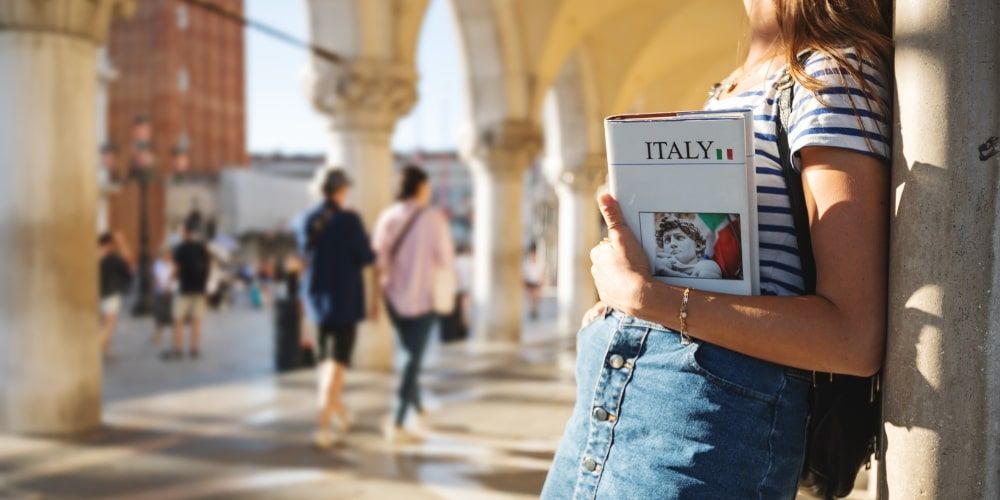
Travelling to Italy in the off-season isn’t just a smart move: it’s a bit of a revelation (and sometimes a lifesaver). As the summer crowds melt away, the country reveals a different side: art cities breathe again, and popular villages return to being lived-in places rather than postcard-perfect backdrops for tourists.
No more squeezing through packed alleyways in Venice or queuing for hours outside the Colosseum. Instead, you’ll have the chance to chat with local artisans, eat in restaurants where the menus aren’t just for tourists, and share perfect photos without needing editing apps to erase hordes of people.
With some luck, the sun will still be on your side. On a clear November or March day, you might be strolling along the coast in a light shirt or sipping coffee while gazing out at snow-dusted Alpine peaks.
Many airlines and train companies also offer special Italy travel deals during the off-season, making it even easier to explore more for less.
The practical perks are plenty: cheaper transport, more affordable hotels, easier bookings for guided tours and restaurant tables. But really, the change in atmosphere makes the biggest difference.
Here’s how to plan the perfect off-season travel in Italy.
When is the off-season in Italy
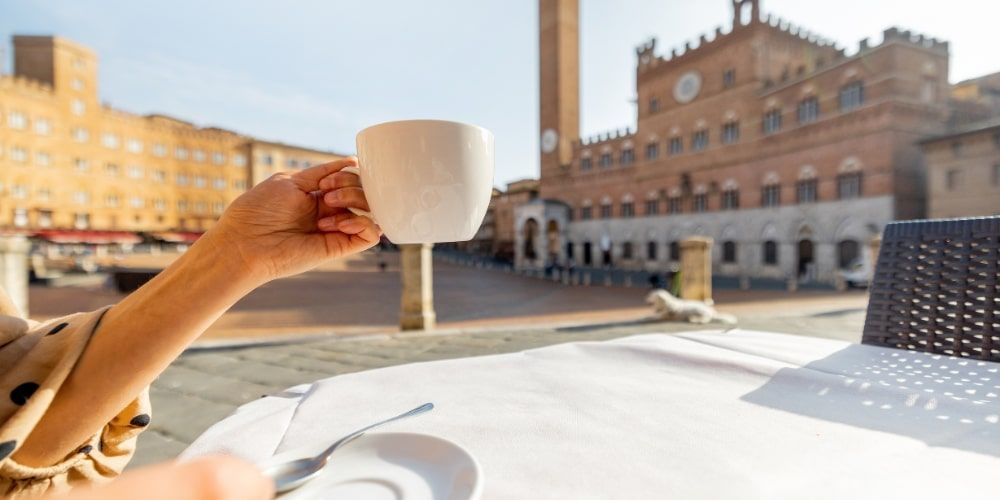
The best months to avoid crowds and inflated prices are from late September to mid-June. That said, be warned: December, especially over the Christmas holidays, is one of the busiest times of the year, no matter where you go.
In mountain areas, the high season hits twice: once in summer (early July to late August) and again in winter (from Christmas to Epiphany and from late January to early March for snow sports). The rest of the year, from late March to mid-June and from late September onwards, is considered low or mid-season.
Seaside destinations hit their highest tourist influx from July through August, while autumn, winter, and spring up to mid-June are off-season.
As for Italy’s art cities, crowds peak during religious holidays (like Easter, Christmas, and on 1st November), as well as during spring long weekends. Outside these windows, it’s much easier to book museums, grab a table at a good restaurant, and explore at your own pace.
In short, steer clear of major holidays and the height of summer and winter, and you’ll discover a calmer, cheaper, and often even more charming Italy.
Off season travel in Italy: where to go in Spring
This is one of the best times to visit Italy, especially for those who want a more authentic experience. Furthermore, crowds remain fairly manageable, at least until late April.
March is a great time to explore cities you've yet to visit and finally see those historic sites you once read about in schoolbooks. Or, let the spring air work its magic and lose yourself in the nature coming back to life.
Try a tour of castles and vineyards (still bare but full of promise) in the Monferrato and Langhe area. The busiest time of the year usually comes after the grape harvest and during the International Truffle Fair in Alba, from late September to November. Spring, by contrast, is ideal for visiting small wineries, tasting local cheese, and wandering through lovely villages like Neive, La Morra, or Grinzane Cavour. You don't even have to book weeks in advance.
Different region, different vibe. In Le Marche, the province of Macerata is a real gem, including Recanati, the birthplace of poet Giacomo Leopardi, Treia, home of the ancient "pallone col bracciale" game, and Cingoli, known as "the Balcony of Le Marche". Further south, the Sibillini Mountains offer hiking trails that are already accessible in spring. Between a walk and a trek, make room to sample local specialities like ciauscolo, vincisgrassi, calcioni , and aged pecorino cheeses.
Why it makes sense to travel now
- Ideal weather for walking, cultural visits and hiking
- Easier to book wine tastings and rural experiences
- Fewer tourists, more tranquillity, better prices
- A packed calendar of spring events: FAI open days, fairs, shows
What to expect: weather and attractions in Spring
The weather can be changeable between March and April but is generally mild. Major attractions are open or reopening after the winter break, and there's no shortage of events: village fairs, farmers' markets, and FAI initiatives, with usually inaccessible sites open for free visits. In the Sibillini, higher-altitude trails may still be snow-covered until early May, but mid-level walks are generally good to go by March. Just be sure to dress in layers.
Visit Recanati museumsItaly shoulder season in summer: best destinations for June and September
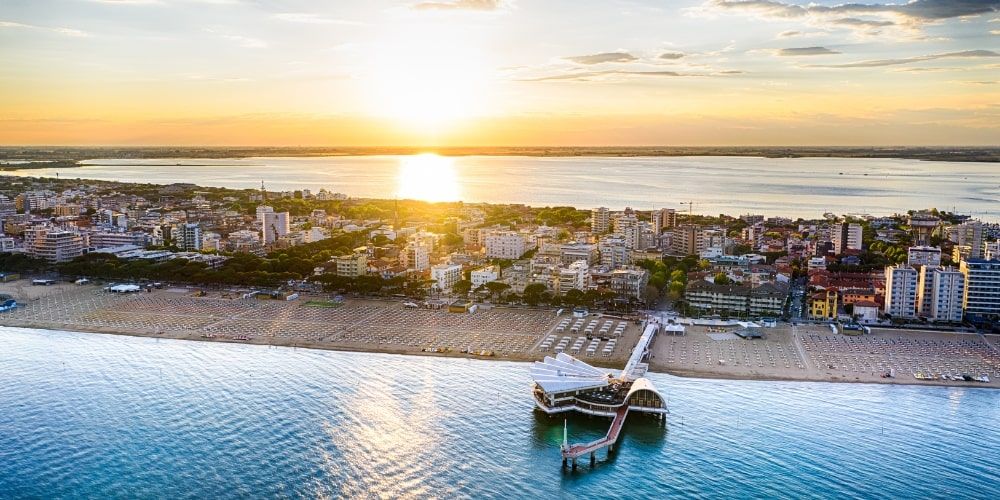
To travel through Italy in summer, you’ll need to plan ahead (or consider delaying your departure just a little). June and September are considered shoulder seasons, but they offer many benefits of peak summer without the same levels of chaos (and with gentler heat).
Think about the Cilento Coast for an early or late summer escape. It’s less crowded and more laid-back than the neighbouring Amalfi Coast, yet just as beautiful and far more accessible. The Cilento, Vallo di Diano and Alburni National Park is an underrated gem. Expect a mix of mountain landscapes and pristine coastline, Blue Flag beaches, protected nature reserves, romantic villages like Castellabate, Acciaroli, Pioppi and Palinuro, and true Mediterranean cuisine.
Friuli Venezia Giulia is another hot spot for an off-season Italian summer trip. Lignano Sabbiadoro stays lively but calmer in September, with plenty on offer for families and younger travellers: organised beaches, water sports, and nightlife. Not far away, the Grado lagoon has clear waters, excellent seaside facilities, and a charming old town with pedestrian-friendly streets. Also, enjoy the karst trails around Trieste or walk through the wetlands of the Isonzo River Mouth Nature Reserve.
Why it makes sense to travel now
- Hassle-free seaside holidays: in June and September, you’ll find space, peace, and clear water
- Stable weather, cooler evenings, no sweltering heat
- Fewer crowds, more value: better prices, higher quality service, and warmer hospitality
What to expect: weather and attractions in summer
Warm water, fresh air, blue skies: it’s summer at its best. Almost everything is open but without the masses. Beach clubs, restaurants, bars and cultural attractions are fully up and running, minus the elbow-to-elbow feel. Pack light: swimwear and breezy clothing are all you need for the coast, plus a pair of walking shoes if you’re planning hikes.
Book experience in CilentoAutumn, the best time to visit Italy for the secret magic of the Dolomites
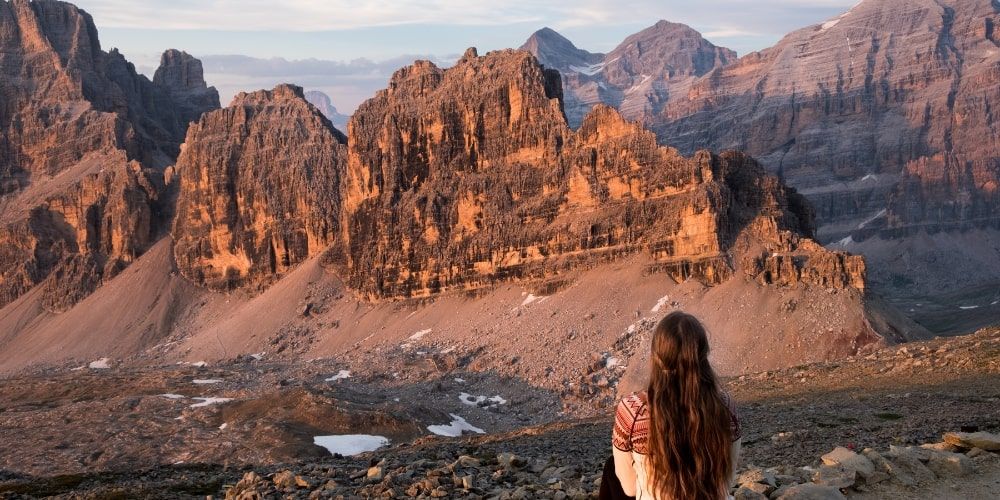
Even though locals love it, Autumn might just be the most underrated season for a trip to the Dolomites. From late September to November, the mountains offer a kind of calm that borders on therapeutic. Trails that were busy during peak season become peaceful and inviting again, and the flexibility to tailor your hikes from gentle scenic strolls to more demanding treks is a major draw for active travellers.
As the air feels astonishingly clear and crisp, the views somehow seem sharper and more vivid while the forests begin their seasonal transformation, bursting into warm shades of gold, red and copper.
Locals in the hospitality trade are clear about it: this is the best time to come. Fewer people, incredible light, and nature changing before your eyes. It’s the perfect moment to hike the Rastenbach Gorge, discover the Saént waterfalls, visit Lake Braies or Lake Tovel, and explore Bolzano or lesser-known gems like Marano, Brunico, Ortisei, and Castelrotto.
Why it makes sense to travel now
- No crowds, no heat, just silence and beauty
- Cooler, more stable weather makes hiking a joy
- More availability and better rates on accommodation during Italy’s shoulder season and off season
- Breathtaking scenery, intense colours and crystal-clear air
What to expect: weather and attractions in autumn
Autumn in the Dolomites brings cool but comfortable temperatures — ideal for outdoor activities. Many mountain huts stay open until early November, and family-run hotels and guesthouses remain welcoming and fully operational. It’s always a good idea to check lift and facility openings in advance, as they may vary with weather conditions and local schedules.
Winter off-season in Italy: art cities, spas and sunshine

Winter, especially January and February, is one of the best times for cheap Italy travel, particularly to the top art cities. Once the festive season winds down, the tourist crowds thin out, and the relative peace that follows is perfect for packing in more experiences with far less hassle: visiting major museums without the usual chaos, dining at your dream restaurant without scrambling for a booking, joining a historical event, or even making the most of the winter sales.
Of course, the weather is the big wildcard, but generally speaking, you've got a decent chance of crisp, sunny days — and might even get away without packing an umbrella.
If you're not in the mood for big cities, why not opt for an offbeat winter destination like Ischia? The vibe is nothing like its high-summer counterpart. Don't expect the full-service experience (many hotels, seaside cafés and restaurants shut down for the winter) but you'll get to discover a different side of island life: quiet fishing villages stripped of glamour, scenic treks, local wine tastings, and yes, you could also swim: the water can reach a toasty 40°C in the Sorgeto bay.
Why it makes sense to travel now
- Milder temperatures compared to Northern Europe
- More time and space to enjoy places without queues or stress
- A chance to discover everyday Italian life and hidden gems off the tourist radar
What to expect: weather and attractions in autumn
Winter weather varies widely: colder and damper in the north, milder in the central and southern regions. Most major attractions remain open year-round, with fewer queues and a more relaxed pace. Smaller or seasonal spots may have reduced hours, but Italy's cultural heritage is accessible every season. If you're heading to a small town, it's worth checking which accommodations and services are open in advance.
Visit the Sistine Chapel in the off-seasonItaly travel tips off-season: what to expect
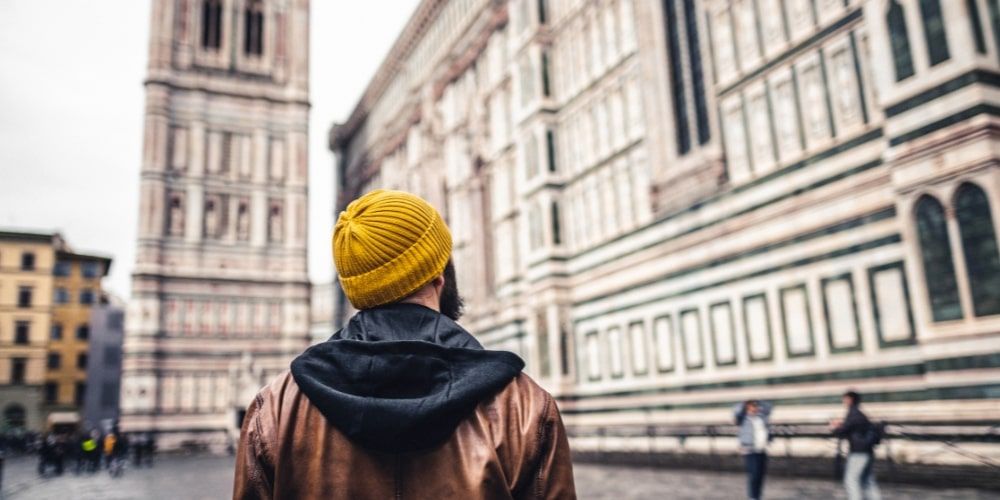
What are the benefits of travelling to Italy in the off-season?
Fewer crowds, lower prices, available hotels, and a more authentic connection with the places. It's the perfect time to explore art cities, picturesque villages, and natural landscapes with ease.
What are the best places to visit in Italy during the off-season?
Cities like Naples, Rome, Florence, Bologna, and Milan are animated all year round and more likely to be "livable" during the off-season. During winter, travellers can also enjoy unusual destinations like Ischia and its thermal spas. In autumn, the Dolomites are a good option. Le Marche and Piedmont countryside are wonderful in spring, and in late summer. Unwind by the quieter beaches of Cilento or Friuli Venezia Giulia.
Is the weather in Italy nice during the off-season?
Autumn and spring often bring mild temperatures and clear skies. Even winter can be pleasantly mild in central and southern Italy. The north tends to be colder and is ideal for mountain lovers or those wanting to explore less crowded cities.
Are attractions and restaurants open during the off-season?
In large cities and medium-sized towns, museums, restaurants, and cafés are open as usual. Some places may close temporarily or operate on reduced hours between November and March in smaller coastal villages or Alpine towns.
Can I save money by traveling to Italy off-season?
Absolutely! If you’re looking for Italy travel deals, this is the time to book. Flights and accommodation are generally cheaper, and some attractions offer lower entrance fees. High-speed trains often run special offers during quieter months like February and March, making it easy to travel around the country affordably. Check the official Trenitalia and Italo train line websites for deals.
What should I pack for a trip to Italy in the off-season?
Think layers: jumpers, hoodies, a waterproof jacket, and comfy shoes. In winter, pack a warm coat or down jacket. Avoid high heels since cobbled streets in many cities can be tricky to navigate. For spring and autumn, go for lighter jackets, scarves, and a compact umbrella just in case. In summer, less is more: cities like Palermo, Naples, Rome or Florence can get seriously hot.
About the author
Written on 20/05/2025

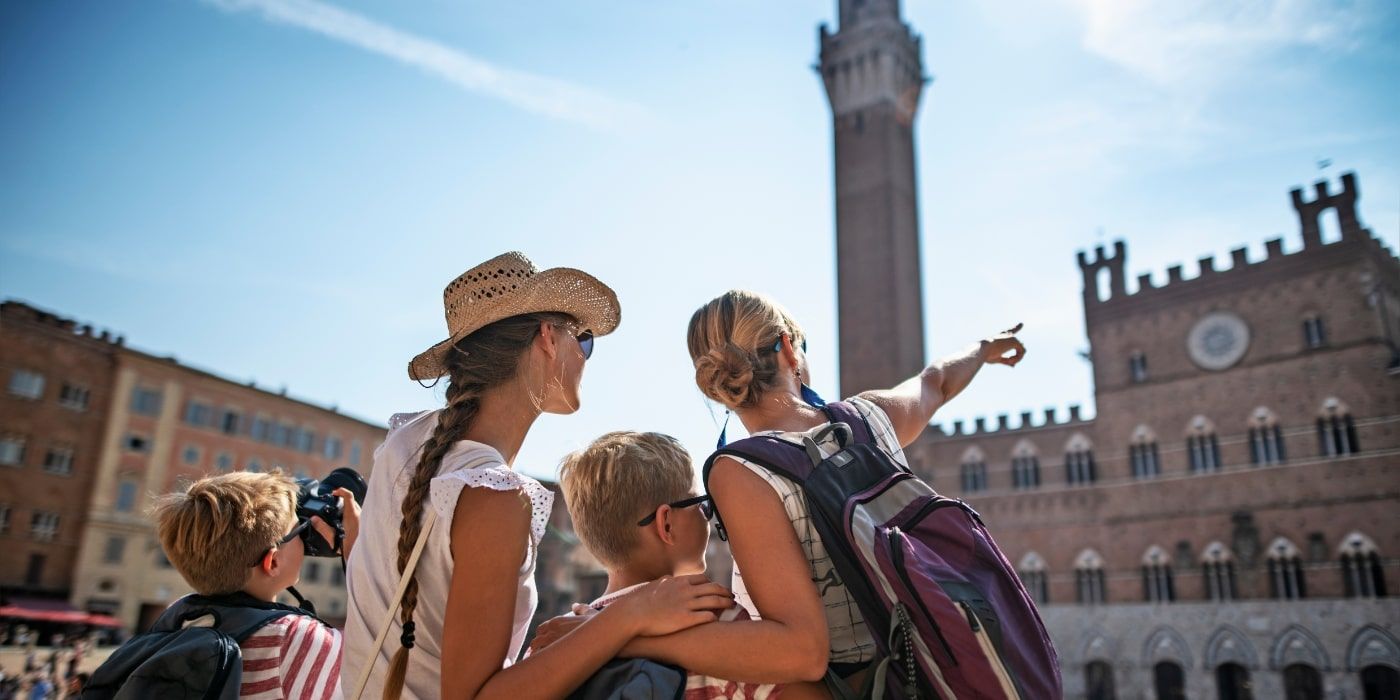

Lorena Calise
A trip to Italy in the off-season will be your ultimate obsession. Here are our practical tips for getting around, booking smart, and saving money.